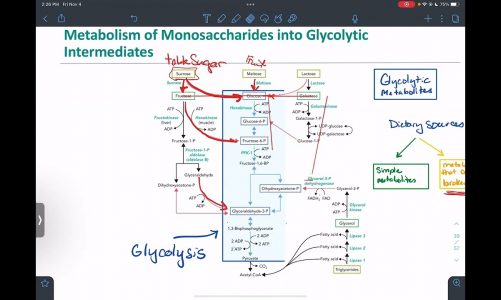Follow On Instagram:- https://www.instagram.com/drgbhanuprakash
Channel Memberships : https://www.youtube.com/channel/UCG5TBPANNSiKf1Dp-R5Dibg/join
Mitochondrial Diseases : MELAS, MERRF, Kearns-Sayre syndrome, Leigh syndrome, LHON , MIDD , Pearson
Mitochondria are the cellular organelles responsible for oxidative phosphorylation, which produces energy in the form of adenosine triphosphate (ATP). Mitochondrial diseases can be divided into the following categories based on the primary genetic defect :
●Respiratory chain proteins
●Respiratory chain ancillary proteins
●Mitochondrial RNA translation
●Mitochondrial inner membrane lipid milieu
●Depletion of mitochondrial DNA (mtDNA)
●Mitochondrial dynamics
Oxidative phosphorylation is accomplished by the respiratory chain located in the inner mitochondrial membrane. The respiratory chain is composed of five intramembrane complexes and two mobile electron carriers, coenzyme Q10, and cytochrome c. Although the earliest descriptions of mitochondrial diseases in humans were due to mutations of the mitochondrial DNA, it is now known that both mitochondrial and nuclear genes contribute proteins to the oxidative phosphorylation pathway
The clinical expression of mitochondrial myopathies is extremely variable. The clinical phenotypes of mitochondrial myopathies can be divided as follows:
•Isolated myopathy
•Chronic progressive external ophthalmoplegia (CPEO) or Kearns-Sayre syndrome (KSS)
•Encephalomyopathy of infancy and childhood
•Multisystem disease with myopathy
●The diagnosis of the primary mitochondrial disorders is often challenging because of the dual genomic origins (nuclear and mitochondrial), multisystem manifestations, and broad phenotypic heterogeneity encompassed by these conditions.
●For patients who present with a classic phenotype of one of the maternally inherited syndromes, we suggest initial testing for appropriate mitochondrial DNA studies. Similarly, for patients who present with a classic picture of a nuclear DNA disorder with an identified gene or linkage, we suggest initial molecular genetic studies. Targeted next-generation sequencing (NGS) panel testing for the causative genes is now the preferred.
●For adults with a nonspecific clinical presentation suggestive of a mitochondrial disorder, the evaluation is directed by the findings of a complete history and physical examination, beginning with basic laboratory investigations. Depending upon the presenting signs and symptoms, it may be necessary to complete additional investigations.
●The muscle biopsy remains an important tool for diagnosing a mitochondrial disorder when DNA testing cannot confirm the diagnosis. Whole exome sequencing (WES) analysis by NGS is an alternative option before the muscle biopsy.
#mitochondrialmyopathies #mitochondrialdiseases #leighsyndrome #pearsonsyndrome #Kearns-Sayresyndrome #medicalbiochemistry #usmle #usmlestep1 #mitochondrialmyopathy
source


